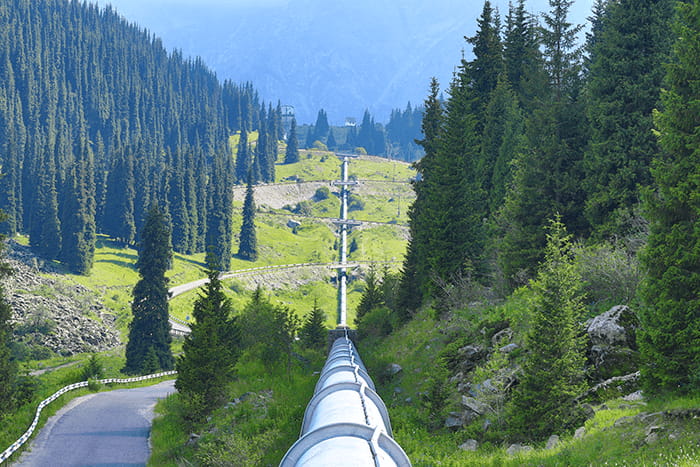Total oil production expected to rise by another 1 million barrels per day by 2030, according to IHS Markit analysis.
06/11/2019
Analysts expect a more moderate pace of production growth for Canadian oil sands projects than in years past, according to a new report by business information provider IHS Markit. The building and operating costs fell dramatically in recent years, the report states, and total oil production could rise by another 1 million barrels per day (mbd) by 2030. External factors—such as price uncertainty caused by pipeline constraints—are contributing to the projected moderate growth.


